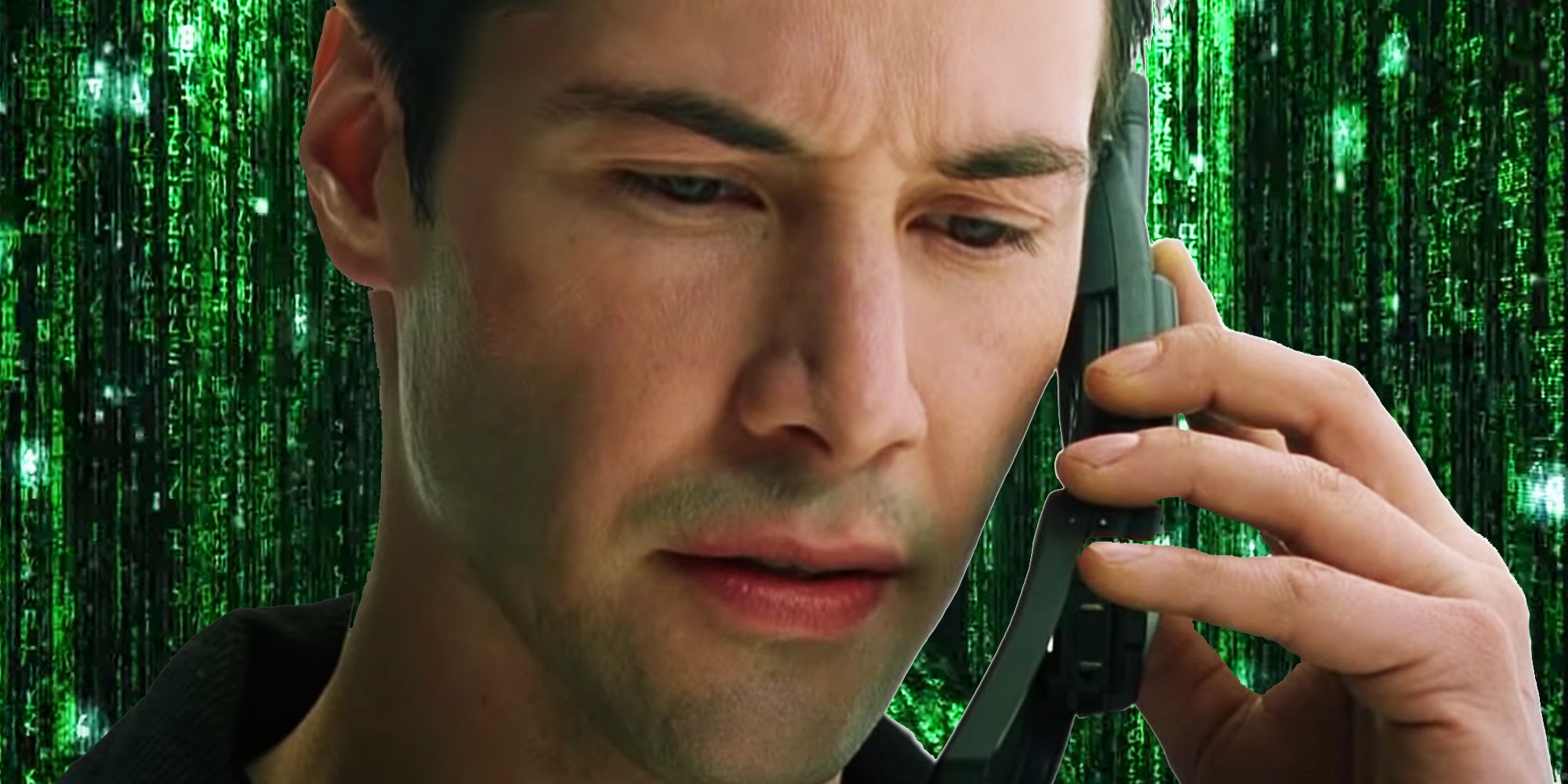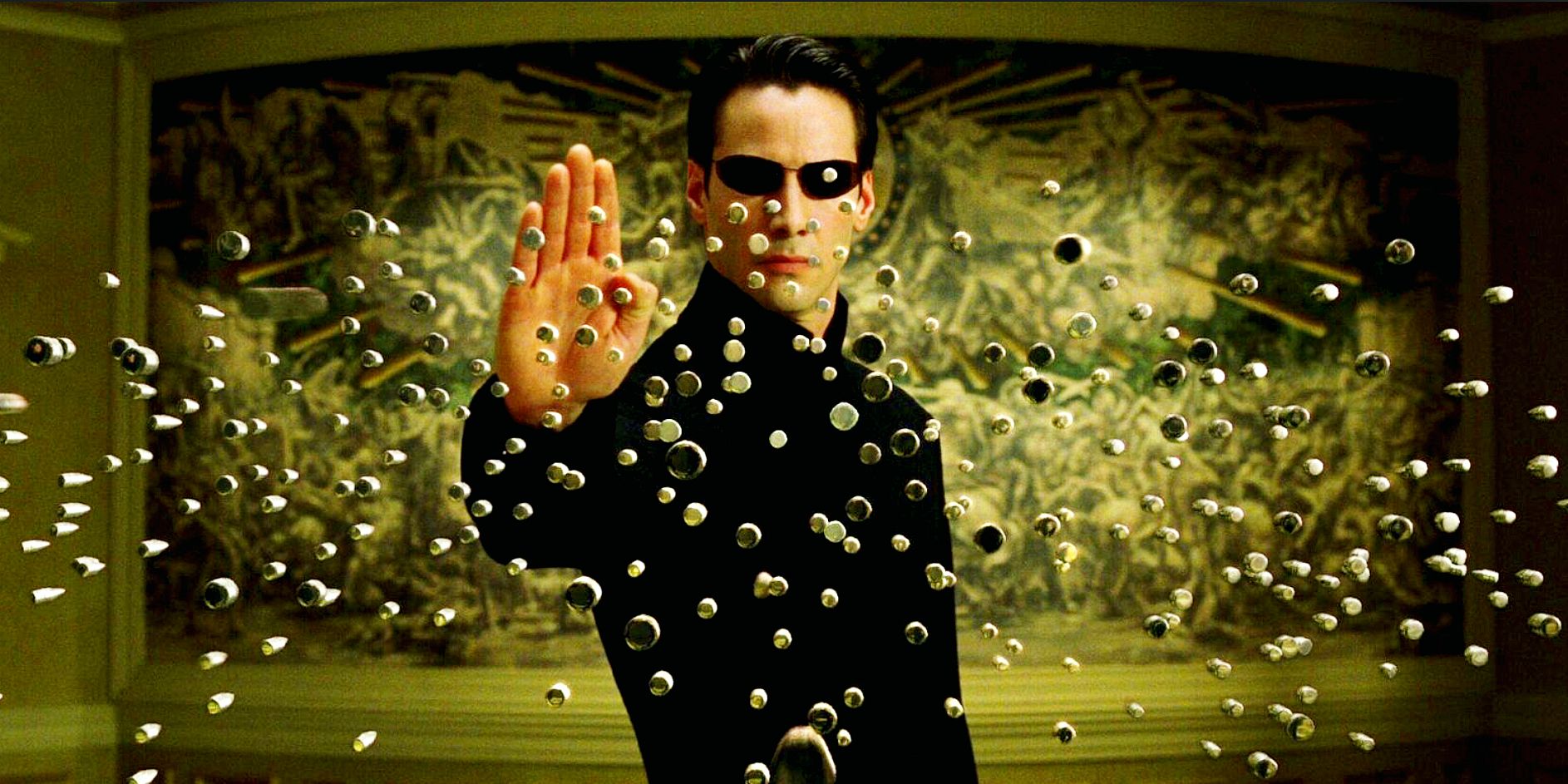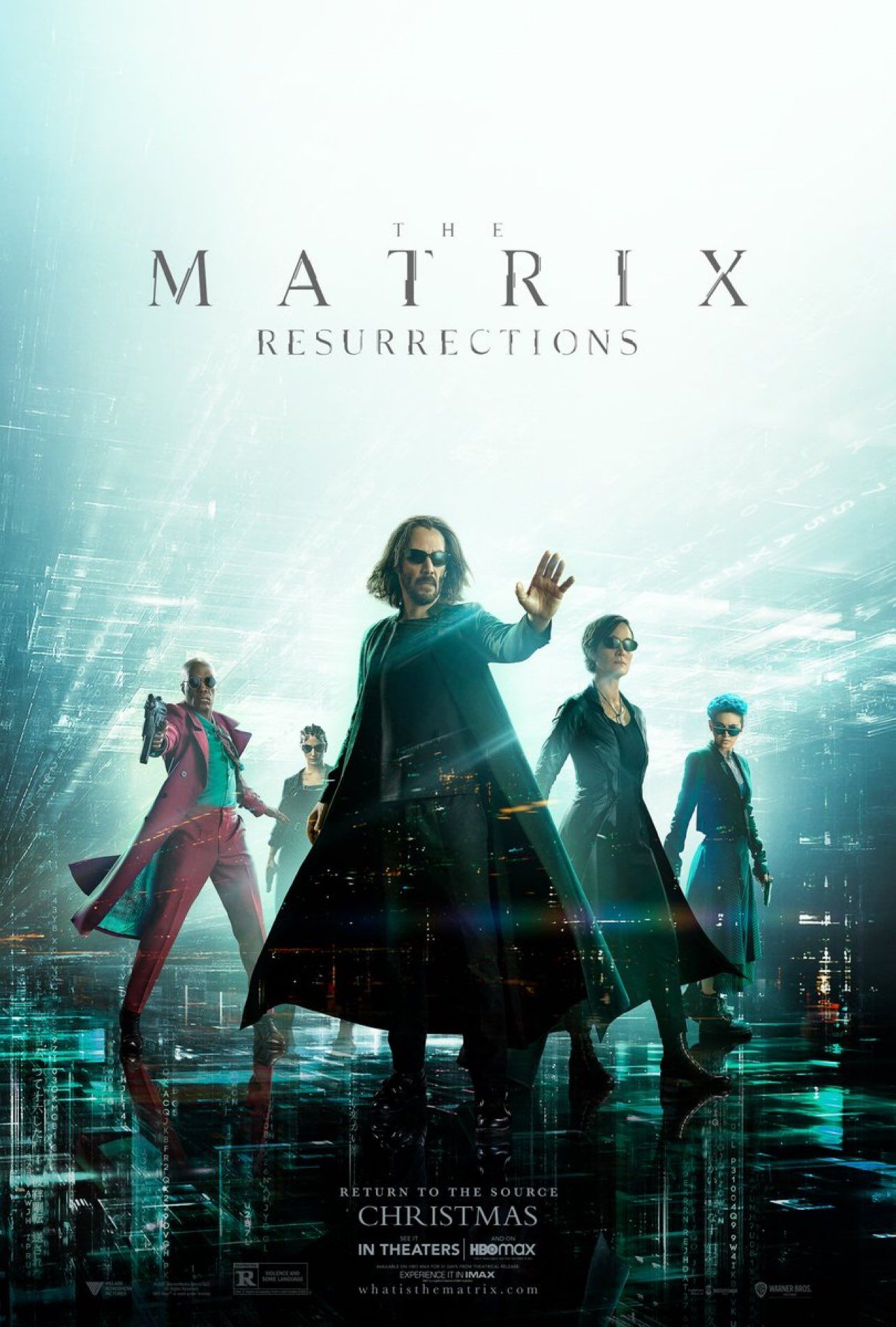Next year will see the arrival of The Matrix 4, and if the movie turns out to be set in the modern age, new technology could fundamentally change the way the Matrix itself works. The highly-anticipated sequel to 2003's Matrix Revolutions will reunite Keanu Reeves and Carrie-Anne Moss and is being overseen by Lana Wachowski, who directed the original trilogy with her sister, Lilly. But aside from the cast and some set photos before The Matrix 4 was delayed due to coronavirus, official information on the movie has been scarce.
At this point, it remains unclear whether The Matrix 4 will feature a simulated world set in the early 2000s like the original trilogy, or whether the film will update the Matrix to a version set in modern times. While there is speculation the story could be set predominantly in the dystopian real-world future, Matrix 4 set photos from San Francisco all but guarantee the movie will feature some in-Matrix scenes. The question is: what kind of simulated world will that Matrix be, and specifically when will that world be set?
If the virtual world of The Matrix 4 mirrors the world of 2020/21 and its pervasive technology, that could have wide-ranging implications for how the Matrix itself functions. For example, previously Morpheus – (possibly recast as Yahya Abdul-Mateen II) and his team entered and exited the Matrix through landline phones. The characters would also use cell phones as the primary means of communication between the Matrix and the real-world 'operators'.
Now, in modern society, the landline is fast becoming extinct and smartphones have become near-ubiquitous and infinitely more capable than the Nokia handsets that populated the world of the late-20th century Matrix. Could the simulation of The Matrix 4 allow for exiting through smartphones? It seems likely, as these days the payphone has died an emphatic death and unless Neo and Trinity want to constantly have to hunt down a landline, the exiting method will have to be updated. Such a change would undermine much of the tension that came from the crew frantically looking for a landline exit while being pursued by agents, so Lana Wachowski's "absolutely crazy" plans for Matrix 4 will likely require an alternative source of dramatic tension for similar moments.
Whatever the director is working on, it seems likely the film will indeed move away from the turn-of-the-century cityscapes that characterized The Matrix and its two sequels. The original trilogy addressed widespread concerns about technology, using the Matrix itself as somewhat of a metaphor for the internet. But in the modern age, such concerns are no longer as relevant, and wireless connectivity and app-driven experiences dominate technology. In a world previously defined by landlines and "program" characters with particular functions, the explosion of WiFi, smartphones, and apps will certainly change the face of the digital world that is the Matrix simulation.
Aside from having to change the way people enter and exit the Matrix, ever-present always-connected devices could allow agents to move more easily around the world of the Matrix and monitor any "seditious" activity – even if Hugo Weaving won't be returning as Agent Smith. Back in 1999 when The Matrix was first released, PCs and phones were the only connected devices – providing abundant but still limited points of entry and exit within the Matrix. But in a world where everything from TVs to fridges are tapped into the web and equipped with their own apps, perhaps the movie will present a Matrix where the heroes, and more importantly antagonists, can materialize anywhere at any point – making for a truly terrifying form of all-encompassing control and allowing The Matrix 4 to explore the much more relevant modern issue of privacy and surveillance.



